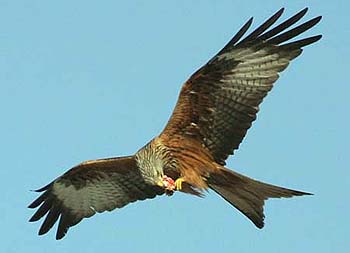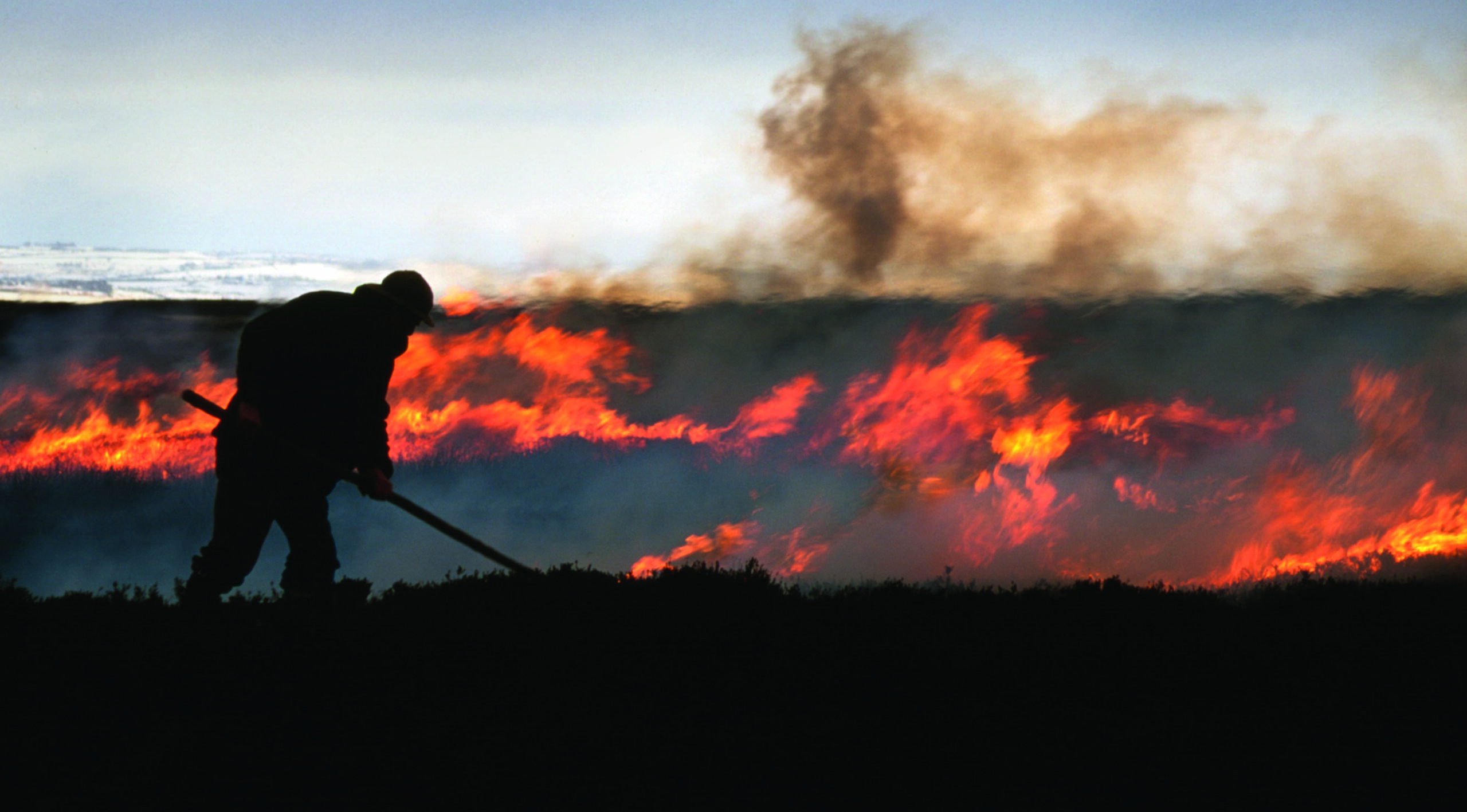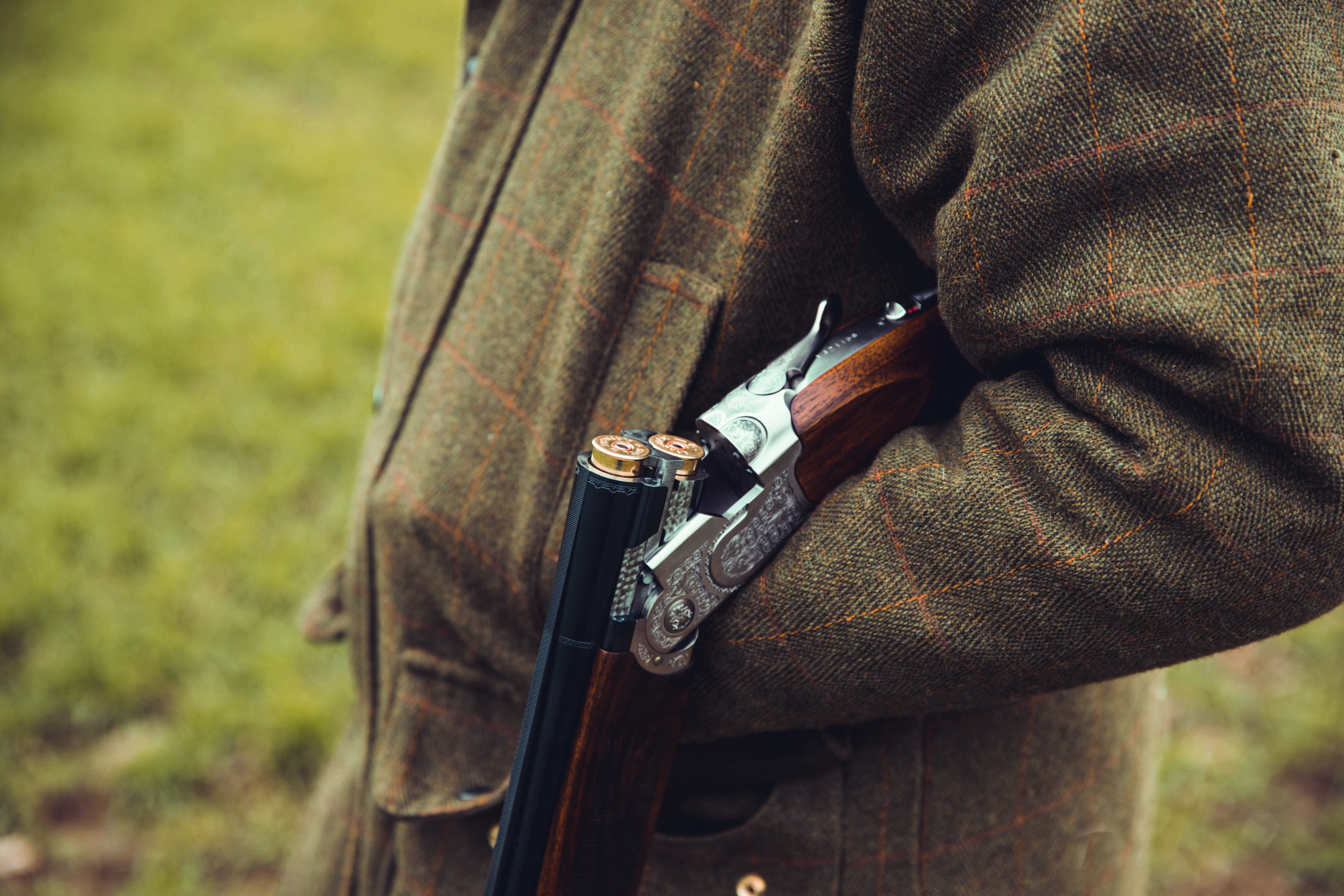RSPB blames illegal killing for red kite numbers

RSPB blames illegal killing for red kite numbers
The low growth of the red kite population in northern Scotland was blamed on illegal killing, following the publication of an RSPB Scotland study in the scientific journal Biological Conservation.
The study, funded by Scottish Natural Heritage, compared the performance of the red kite populations in the Chiltern Hills in Buckinghamshire with those on the Black Isle in Ross-shire.
According to the study, the population in the Chilterns has reached approximately 320 breeding pairs since they were first introduced in 1989, while the Black Isle population has reached 41 pairs in the same period.
The RSPB?s study discounted a lack of food supply and poor breeding performance as explanations for the poor growth rate of the Scottish Black Isle population, while low survival rates of young birds in their first and second years of life was cited as the main factor limiting the north Scotland red kite population growth up until 2006, with illegal killing accounting almost entirely for these poor survival prospects.
RSPB Scotland?s Duncan Orr-Ewing said: ?We now have a significant body of evidence to show what a major impact illegal poisoning is having on the populations of iconic birds such as the red kite… It is time to look again at the range of sanctions and penalties that can be deployed to tackle this damaging activity and bring the perpetrators to justice.?
Luke Borwick, chairman of the Scottish Rural Property and Business Association, said: ?Red kites are an undoubted asset to our rich biodiversity and our rural economy, and it is appalling that a mindless few continue to perpetrate crimes that are an absolute disgrace to our countryside.?








